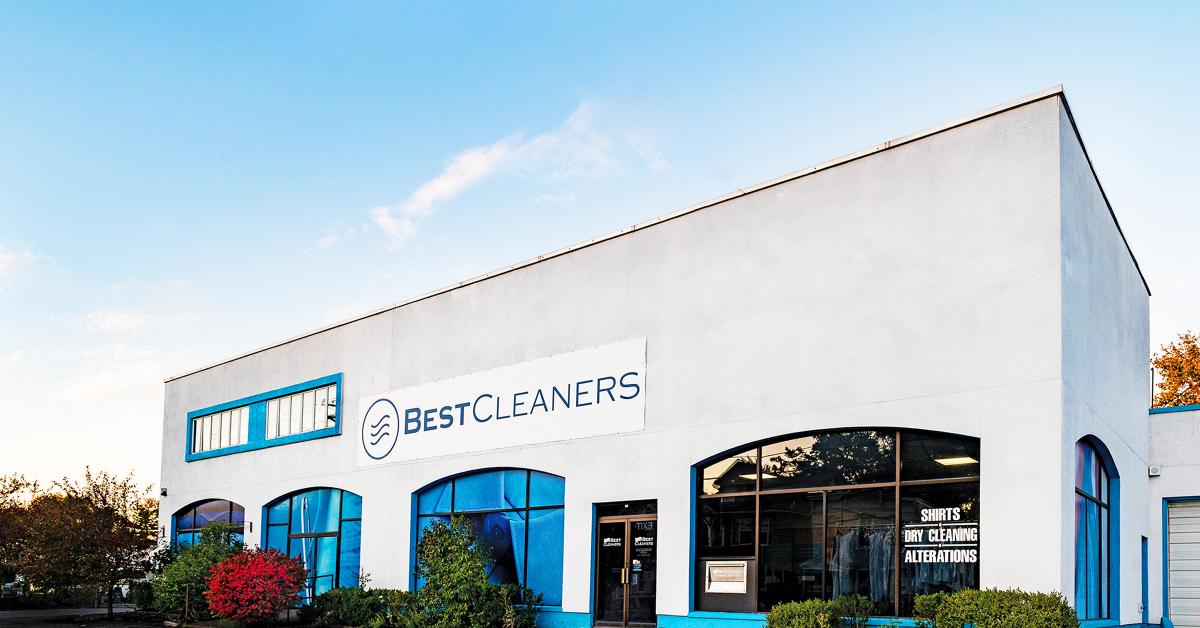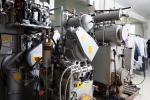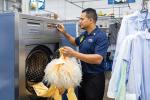CHICAGO — Dry cleaning’s ecological impact has been debated for decades, and Best Cleaners is determined to do what it can to present a positive image there. The upstate New York-based company has focused on making green choices and leaving as small an ecological footprint as possible in its day-to-day operations.
Making a Difference
Catherine McCann and her husband, Tim, purchased Best Cleaners in March 2005, and have expanded the company over the past 17 years through acquisitions and organic growth. While the company closed some of its stores during the COVID-19 pandemic, Best Cleaners now has five drop stores and two plants, along with a dynamic route system and a restoration business.
Early on in their ownership, the McCanns wanted to make sure that their environmental impact was as slight as possible. As time went on, they found that, while still a challenge at times, it became easier to fulfill that desire.
“Ecological concerns are in every decision we make,” Catherine McCann says. “We want to make sure that we’re meeting those clients who are eco-conscious where they want to be, so we’re doing everything that we can to meet their decision-making criteria. That also applies to our employees. There are certainly employees whom we’ve interviewed and hired who believe that making decisions in green-conscious ways is important.”
Still, the economic side has to be factored in to protect profitability while protecting the environment.
“You don’t always get cost savings when you add efficiencies or processes that are eco-friendly,” McCann says, “but it needs to be at least flat. If we were given an option to choose A or B, and they cost the same, and they were equally efficient, but one of them was better for the environment, we will always choose to be better for the environment.”
Fortunately, that decision has become easier since the McCanns first bought Best Cleaners. “There are far more options available today than there were 17 years ago,” she says.
In addition to using eco-friendly solvents in their drycleaning process, the McCanns also wanted to cut their water and energy usage. After investigating different cleaning technology that would help them accomplish these goals, they purchased a Miele PW818 45-lb. washer and PT8507 steam-heated dryer.
The Miele equipment has met the McCanns’ two criteria of making both economic and ecological sense, and two more sets of the cleaning equipment have been installed at their company. The Miele washer is used most often for silks, wools, garments with contrasting colors — navy blue and yellows, black and white — and garments with faux leather, says Melody Conklin, Best’s director of operations, and they achieve particularly good results washing contrasting colors.
And while Best Cleaners employed wet cleaning prior to the switch, adding the Miele washer “allowed us to do it better,” McCann says, adding that the equipment’s variety of programs make it easy for her employees to use.
The Miele machines allowed them to choose the option of using a water-based system rather drycleaning solvents for more garments. Plus, commercial washing puts less water and fewer phosphates down the sewer — on a load-per-load basis — than washing clothes at home.
Rush orders and smaller loads are also cleaned more efficiently in the Miele equipment, Conklin says, as opposed to dry cleaning: “Between the two cycles, it has saved us quite a bit of time and energy.”
Come back Thursday for the conclusion of this series, where we’ll examine how small steps can lead to big changes.
Have a question or comment? E-mail our editor Dave Davis at [email protected].














